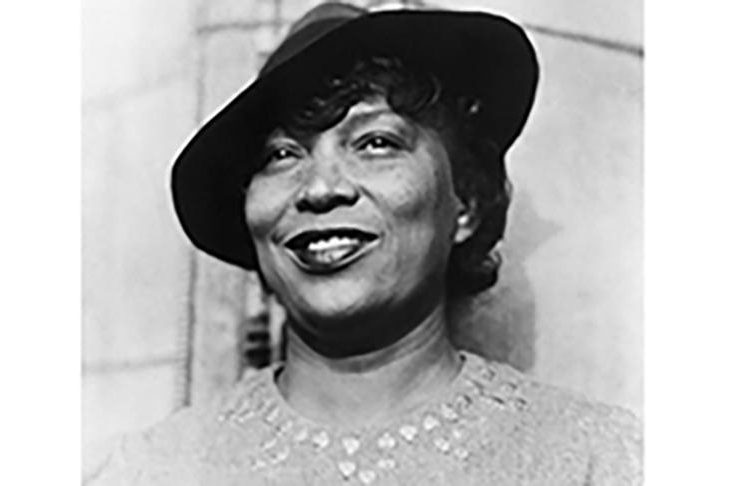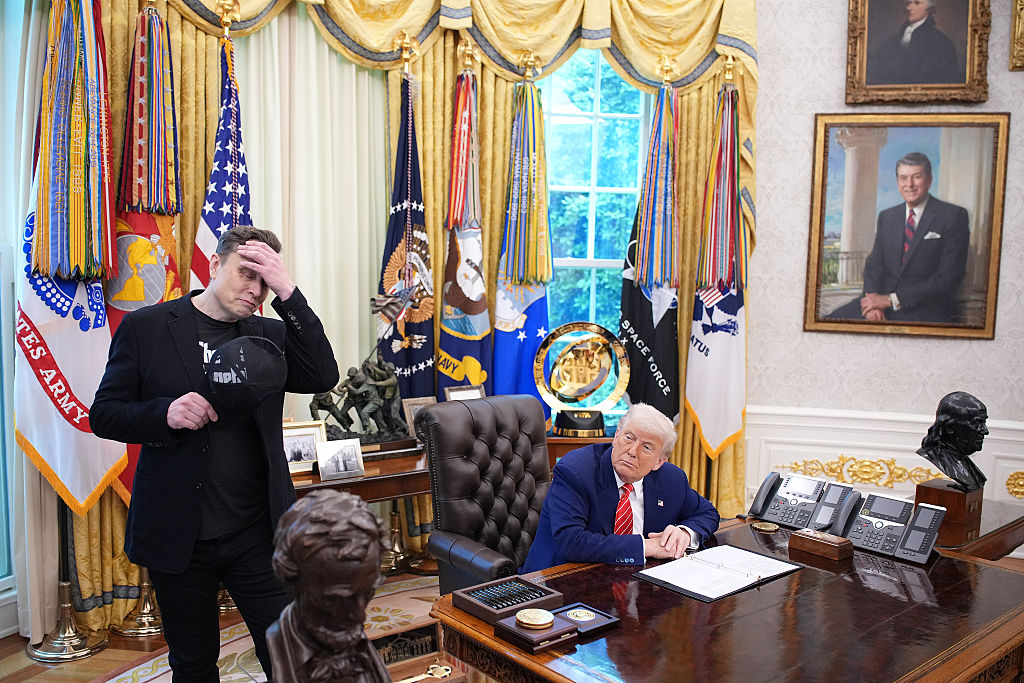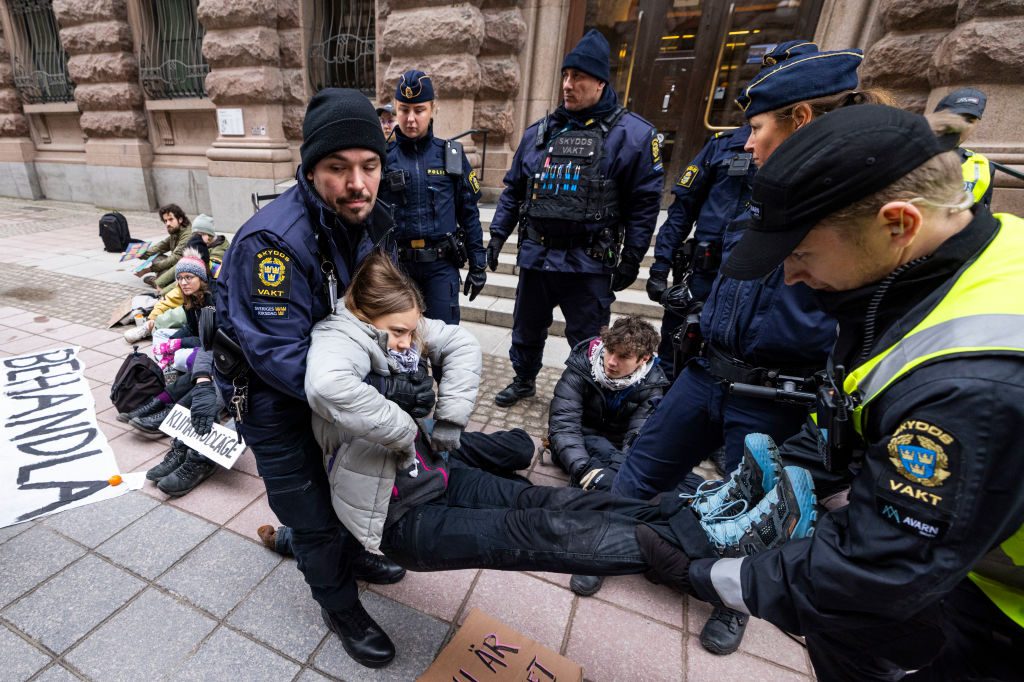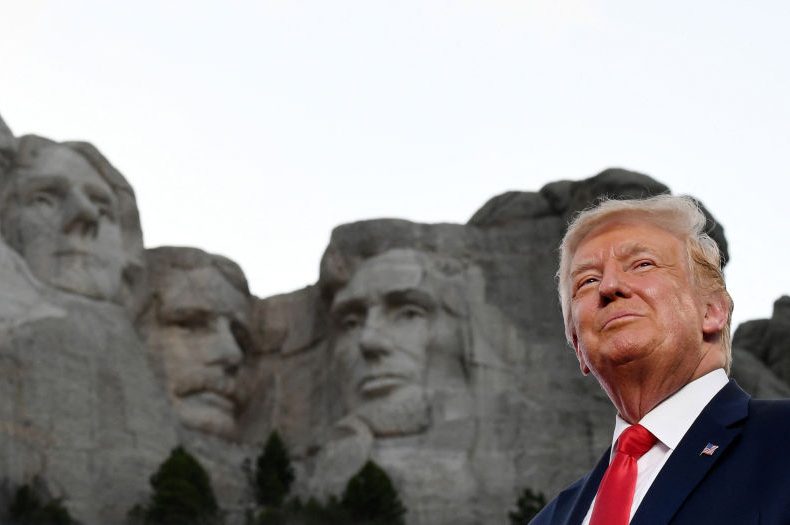Zora Neale Hurston, the African-American novelist-ethnographer, was a luminary of the New Negro Movement, later renamed by American scholars the Harlem Renaissance. ‘Harlemania’ took off in jazz-age New York, as white thrill-seekers danced to Duke Ellington hothouse stomps and enthused over so-called primitive art.
Hurston made a ‘black splash’ of her own in 1920s Harlem. Among her admirers was the dance critic and photographer Carl Van Vechten, whose deliciously Firbankian 1926 account of life uptown, Nigger Heaven, gloried in blackamoor jungle dances and other Uncle Tom minstrelsy. (‘Period piece’ would be the most charitable description.) Hurston was careful not to mock the ‘Negrotonians’, as she called Van Vechten and his Fifth Avenue sophisticates, as she needed their patronage for field trips into the swamplands of Florida and the Deep South. In 1928, she graduated in cultural anthropology from New York’s Barnard College, where she was the only black student.
Armed with a pistol, in the early 1930s Hurston explored the unfrequented backwaters of Dixie in search of conjure law and spirit practice, or hoodoo. The older folks’ tales of life on the cane plantations, told at dusk on front porches, continued a West African tradition of the griot or praise-singer. Hurston was intrigued. The Mississippi Delta, where she interviewed root doctors, shamans, storytellers and preachers, provided her with a rich subsoil of neo-African animism. The result was Mules and Men, a scholarly but devilishly funny collection of black folk tales, and a superb first novel, Jonah’s Gourd Vine, originally titled, perhaps in deference to the Negrotonians, Big Nigger.
For her first substantial work, Barracoon (Spanish for ‘barrack’), Hurston chose to tell the story of the last living survivor of the Atlantic slave trade, Cudjo Lewis. Written in a folksy vernacular (‘Cudjo doan want to be no slave’), the manuscript had failed to find a publisher in Depression-struck America, but appears now in book form for the first time. It has been well worth the wait.
Based on a series of interviews conducted by Hurston with Cudjo, the book tells how he was smuggled out of Dahomey in 1860 as ‘black cargo’, and sold to American slavers. He remained in slavery in Hurston’s native Alabama for five years until Union soldiers emancipated him after the civil war. Though illegal, the buying and selling of slaves in the antebellum South was widespread. Long after Congress had outlawed the slave trade in 1807, Africans continued to be imported into the Confederate heartlands.
Over a three-month period, Hurston called on Cudjo at his home in the Alabama seaport of Mobile, where he was alternately welcoming and dismissive of her. (‘Go leave me ’lone. Cudjo tired’.) By way of offerings she brought peaches, hams and quantities of sorely needed insect powder. Stuck in Mobile, however, Cudjo appears to have been homesick for his people back in West Africa. ‘My people in Afficky, you unnerstand me,’ he tells Hurston, gazing out mournfully across Mobile Bay.
Caught up in the King of Dahomey’s transatlantic trafficking business, Cudjo had been taken in chains to a holding pen along the Bight of Benin, awaiting shipment. In Alabama he suffered the kind of deprivations all too familiar in the Jim Crow South. Kanye West’s recent contention that slavery was entered into more or less willingly (‘For 400 years? That sounds like a choice’) is contradicted by Cudjo, who should know.
Usefully, Barracoon illuminates the African side of the slave trade — until recently a rather murky area for historians. The barracoons that lined the African coasts of the Atlantic were bleak warehouse-dungeons; from their doors of no return men, women and children born in Africa were shipped out to the sugar fields of the gallant South. Oh, Mama!
From start to finish, Barracoon reads like high adventure. The book looks forward to Hurston’s finest novel, Their Eyes Were Watching God, written during a field trip to Haiti in 1936 but set in rural black America. On her death in Florida in 1960, Hurston was buried in an unmarked grave, having worked as a maid, lonely and largely forgotten until, in 1975, Alice Walker published her essay ‘In Search of Zora Neale Hurston’. Only then did Hurston’s literary stock rise again; Barracoon has been at number two on the New York Times bestseller list.

























